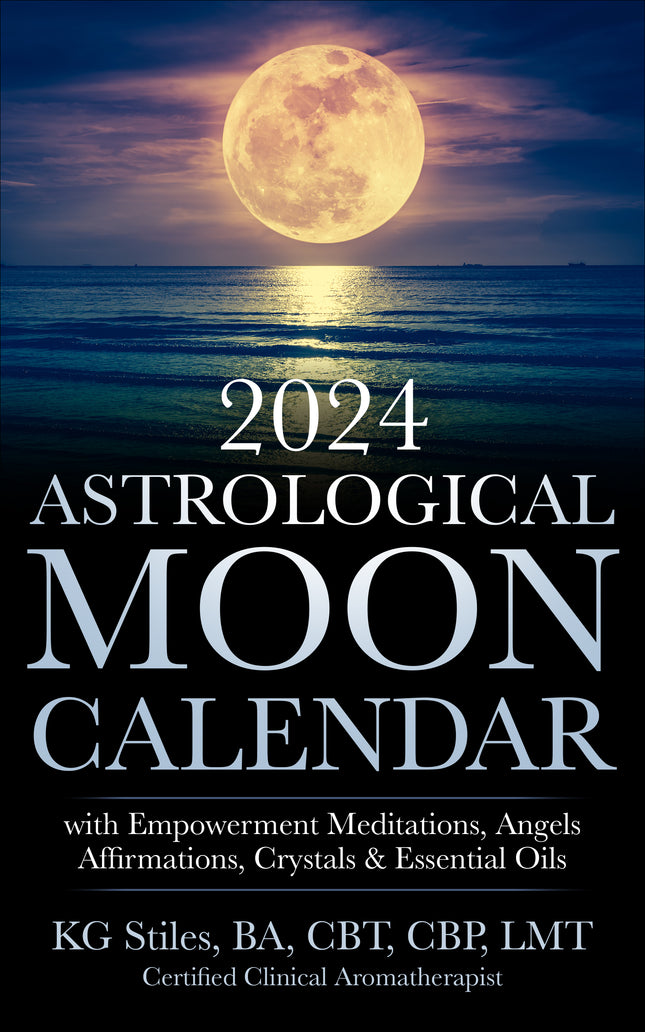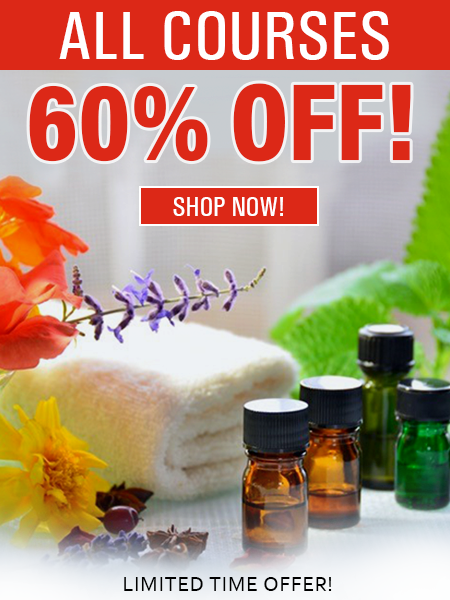 Aroma therapy has been used since the earliest days of man on planet earth.
Aroma therapy has been used since the earliest days of man on planet earth.
The earliest aromatherapists were probably the tribal shamans who used plant aromatics to heal the sick of their tribe.
Evidence of this can be seen in the drawings found on the walls of caves depicting plant aromatics being used to heal the sick. From the drawings it looks as though plant aromatics were used in many, if not all, of man’s most important ritual celebrations like birth, puberty, marriage and death.
I believe that this early subconscious memory of 'healing with plants' is one of the primary reasons that aromatherapy is gaining global popularity at such a rapid pace today. It is because of the powerful association we've had with plant aromatics throughout our history on earth.
Aromatherapy’s place as a healing therapy lies deeply buried within the psyche of humans. Thus, its resurgence into mainstream medicine should comes as no surprise.
Couple this ancient memory with the current modern day research on essential oils becoming commonplace. Essential oil usage is now backed by the scientific evidence needed to support its efficacy and acceptance by traditional healthcare. This is an unbeatable pair.
As aromatherapy continues its rapid expansion in medical centers in the US and worldwide let's look at some other reasons for aromatherapy's global success in the marketplace.
Given just the first two markers for success as a Complementary Alternative Medicine the remarkable growth and popularity aromatherapy is enjoying in the global marketplace seems predictable.
However, at the time of my beginnings as an aromatherapist in the early '80s such global recognition and acceptance of aromatherapy as a complementary alternative medicine seemed less than predictable.
Let's look at another key reason that aromatherapy is enjoying such global popularity.
Aromatherapy is truly holistic - It treats the whole person!
Aromatherapy works at all levels of our being - body, mind, spirit and emotions. From stress, anxiety and fatigue to memory loss and pain management research is showing essential oils to be effective as agents of healing and well-being for the whole person.
Here are just a few of the properties, actions and effects that essential oils have been recently studied for:
Antibacterial - with the rampant increase in MRSA (staph) hospitals are especially interested and proactively looking for alternatives that can kill strains of bacteria resistant to antibiotics. Manuka, basil, eucalyptus, rosemary, lavender and tea tree are just a few of the oils that have been studied, so far, for their action to inhibit and destroy bacteria.
Anti-fungal - several essential oils look promising for anti-fungal activity in the current research studies being conducted, including the all-time popular anti-fungal oil, tea tree.
Anti-inflammatory - Data gathered on various essential oils, including palmarosa and its chemical property geraniol, showed anti-inflammatory action. Another study showed that tea tree reduced histamine reaction and inflammation.
Anti-oxidant - Essential oils from various plants showed potent anti-oxidant properties, reducing free radical damage during inflammation which can induce gene mutation. Essential oils studied included: Thymus vulgaris (thyme), Citrus limonum (lemon), Eucalyptus globulus and Cupressus sempevirens (cypress).
Anti-spasmodic - A number of essential oils have been tested and shown to have strong antispasmodic action, including Manuka, Galbanum and Kunzea ericoides, commonly known as kānuka. Kānuka, white tea-tree or burgan, is a shrub in the myrtle family and endemic to New Zealand.
Anti-tumoral - Studies on essential oils are being made to understand the connection between various essential oils, like tea tree and cardamon, and their anti-tumoral activity.
Antiviral - Research studies on several essential oils conducted on the Herpes Simplex Virus I have shown remarkable promise, including Melaleuca armillaris, a plant in the myrtle family, and commonly referred to as bracelet honey myrtle which showed remarkable results up to 99%.
Hormonal Action - The chemical properties geranial, neral, geraniol and trans-anethole, found in essential oils like geranium and palmarosa, among others, are well established for their stimulation of estrogenic response. One such study examined the relationship between motion sickness, migraine and menstruation.
Mosquito & Insect Repellent - Certain essential oils are showing promise as insect repellents, including lemon eucalyptus. Plant-based insect repellents have been used by traditional folk medicine practitioners for many generations.
Aroma is the main way (and will continue to be) to enjoy all the benefits essential oils have to offer. However, as a truly holistic Complementary Alternative Medicine aromatherapy lends itself to branches of specialization, now gaining recognition, that I’ll share with you in my next article.
READ my next article in this series, Branches of Specialization in Aromatherapy.
READ first article in series, Aromatherapy Dominates Global Market - Healthcare Revolution!








Such a great blog! This study just prove how amazing aromatherapy is.
Leave a comment